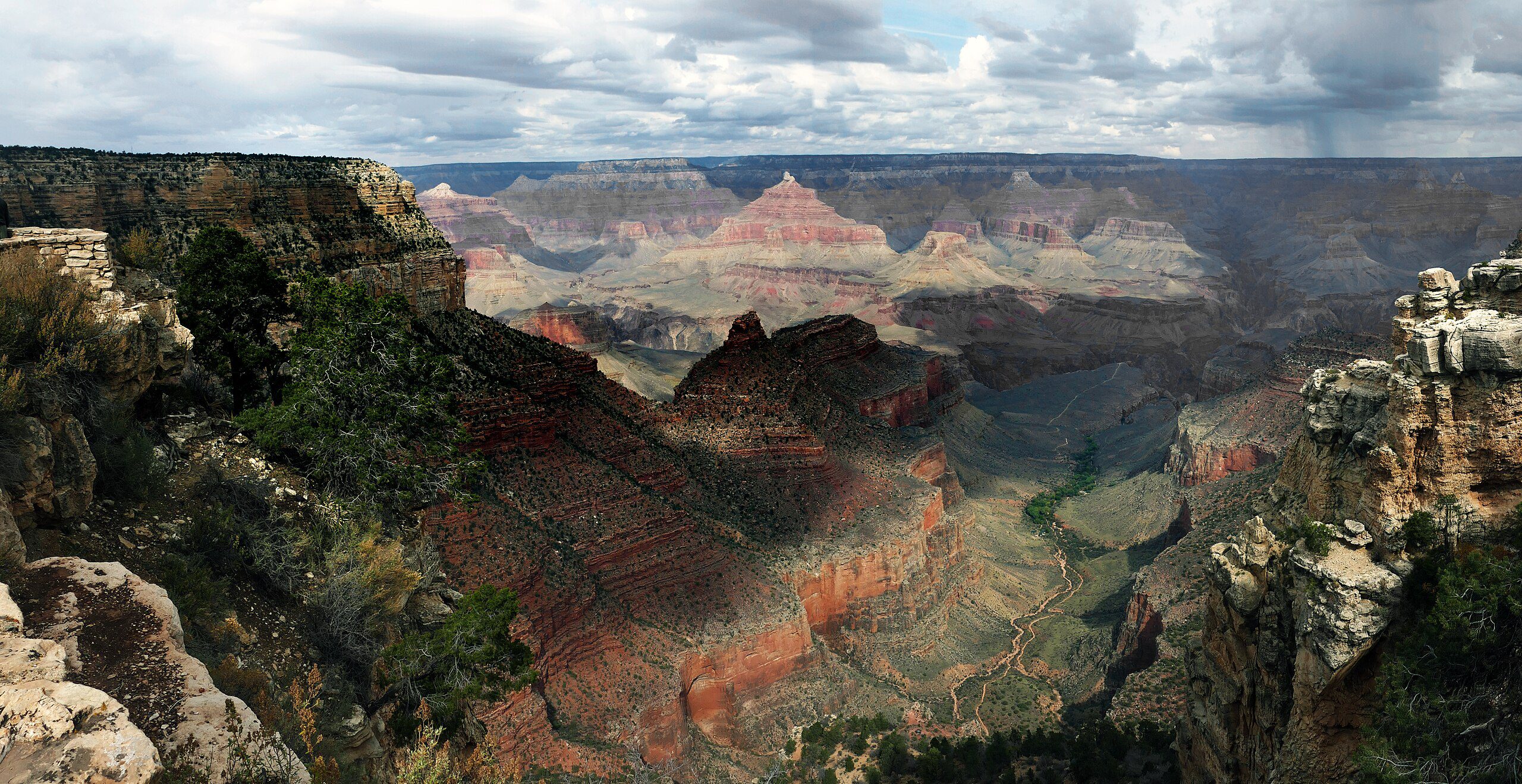- Arizona Attorney General Kris Mayes calls for updated environmental study for the Pinyon Plain Mine.
- Cites outdated science in the 1986 study and new evidence about groundwater risks.
- Highlights the interconnectedness of aquifers and the potential impact on the Havasupai Tribe’s water supply.
August 15, 2024 –– Arizona Attorney General Kris Mayes has formally requested that the U.S. Forest Service conduct a supplemental Environmental Impact Study (EIS) for the Pinyon Plain Mine near the Grand Canyon. The original EIS, completed in 1986, is based on outdated science that doesn’t reflect the current understanding of groundwater risks in the region.
In her letter to the Kaibab National Forest Supervisor , Mayes states, “scientific advances in groundwater modeling unequivocally show that the 1986 EIS’s claim that the Mine is not a threat to regional water supplies is wrong.” She emphasizes the interconnectedness of aquifers in the area, which could allow mining contaminants to spread to other groundwater reservoirs, including the Redwall-Muav aquifer that the Havasupai Tribe relies on for drinking water.
, Mayes states, “scientific advances in groundwater modeling unequivocally show that the 1986 EIS’s claim that the Mine is not a threat to regional water supplies is wrong.” She emphasizes the interconnectedness of aquifers in the area, which could allow mining contaminants to spread to other groundwater reservoirs, including the Redwall-Muav aquifer that the Havasupai Tribe relies on for drinking water.
The Inter-Tribal Council of Arizona explains that the Havasuw `Baaja, or Havasupai Tribe, are the traditional guardians of the Grand Canyon, where they have lived for centuries. Today, their reservation covers 188,077 acres in Coconino County, Arizona, at the southwest corner of the Grand Canyon National Park. The reservation, known for its stunning blue waters and waterfalls, is home to 639 tribal members with a median age of 24.8 years.
explains that the Havasuw `Baaja, or Havasupai Tribe, are the traditional guardians of the Grand Canyon, where they have lived for centuries. Today, their reservation covers 188,077 acres in Coconino County, Arizona, at the southwest corner of the Grand Canyon National Park. The reservation, known for its stunning blue waters and waterfalls, is home to 639 tribal members with a median age of 24.8 years.
“Contamination from the Mine’s operations could quickly spread to the Redwall-Muav aquifer, endangering the Havasupai, other vital waters in the Grand Canyon, and the many plants and animals that rely on that water,” Mayes warns. She urges the Forest Service to update the EIS to protect the area’s groundwater systems, ecosystems, and communities impacted by uranium mining.

